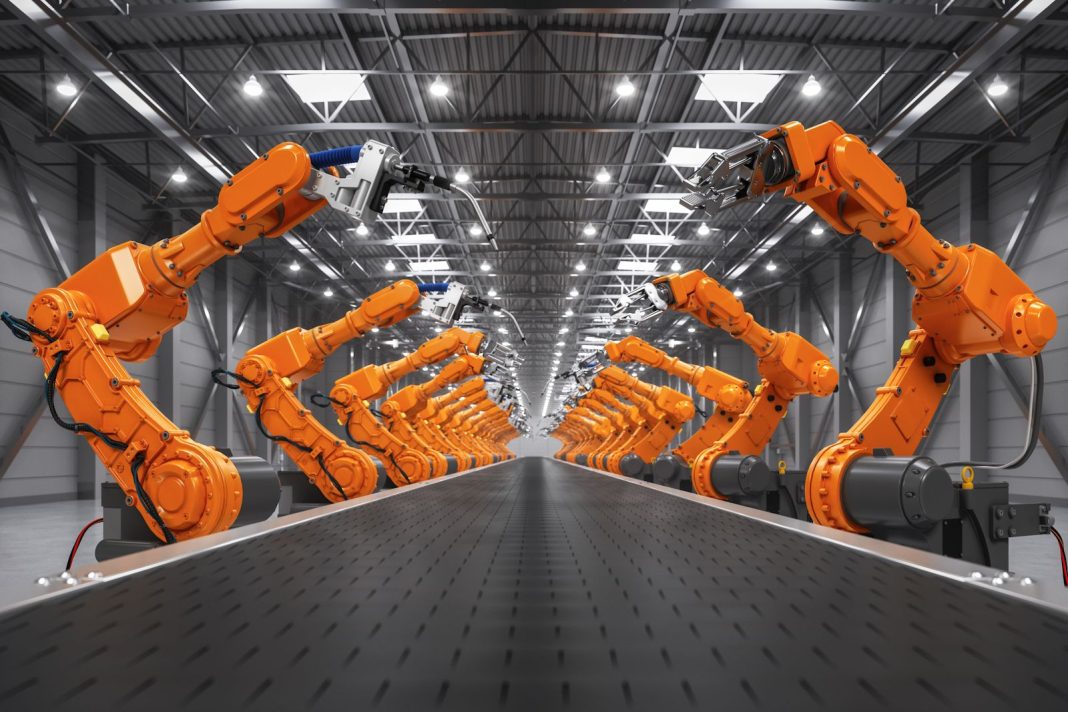New research reveals that while automation can cut workplace injuries and fatalities, the benefits are not universal across industries and countries.
Globally, the human and economic cost of work-related incidents remains alarmingly high, with more than 2.3 million deaths and 317 million workplace accidents occurring annually. Beyond the unacceptable human costs, the International Labour Organization (ILO) estimates these incidents account for economic costs of around 4 percent of global GDP.
Despite half a century of progress in Occupational Safety and Health (OSH), the problem persists. In 2022 alone, nearly 3 million workplace accidents were recorded across the European Union, including 3,286 fatalities (0.1 percent of total accidents). These figures likely underestimate the true scale of the issue, as workplace accidents are often under-reported, particularly in informal and precarious employment where workers fear job losses for reporting injuries. Structural factors also play a significant role, with higher accident rates prevalent in countries with a strong presence of high-risk industries such as construction, manufacturing, and agriculture. Similarly, smaller businesses often face greater OSH risks due to fewer regulatory obligations and inspections, lower unionisation rates, and competitive strategies focused on labour cost reduction.
Against this backdrop, the increasing adoption of automation technologies, including robots, presents a complex picture for OSH. While offering the potential to improve working conditions, it also introduces new workplace safety risks. Although the impact of robotisation on technological unemployment has been extensively studied, its effect on OSH, particularly within Europe, remains less understood.
A recent study offers new insights into this critical area. We empirically analysed the impact of industrial robots on workplace injuries and fatalities in European manufacturing industries between 2011 and 2019, covering 18 European nations: Austria, Belgium, Czech Republic, Denmark, Estonia, Finland, France, Germany, Greece, Hungary, Ireland, Italy, Lithuania, the Netherlands, Poland, Slovakia, Spain, and Sweden. Our analysis examined both the average effect of robotisation and its variations across industries (distinguishing them by technological intensity and innovation sources) and countries (considering institutional differences such as the strength of trade unions).
Before detailing our key findings, some descriptive trends are noteworthy. Firstly, we observed a consistent rise in robotisation alongside a decline in the incidence of workplace injuries and fatalities (Figure 1). Secondly, workplace injuries were most common in Finland, Poland, and Hungary, followed by Austria, Belgium, and France. Fatalities, conversely, were highest in Eastern European economies closely linked to German manufacturing (Hungary, Czech Republic, and Slovakia), as well as in Lithuania and Spain (Figure 2). This heterogeneity can be attributed to several factors, including the prevalence of high-risk sectors, the enforcement of workplace safety regulations, job security levels, and the extent of under-reporting. Moving beyond these observations, our analysis reveals that robotisation leads to a reduction in workplace injuries and fatalities (Table 1). This positive impact can be attributed to several factors, including the automation of hazardous tasks, the modernisation of production technology, improved ergonomics, and organisational innovations often accompanied by training programmes.
By: Robots Boost Workplace Safety, But Only in High-tech and Well-protected Economies







